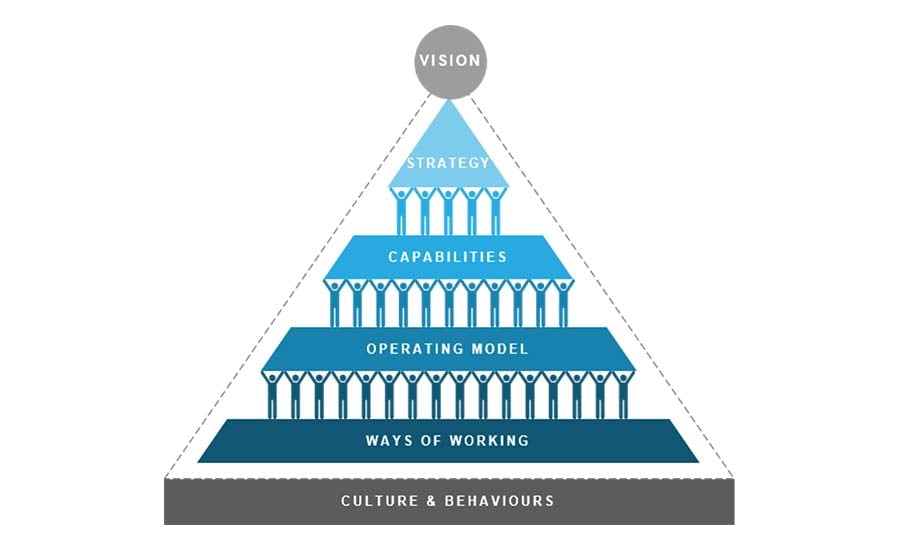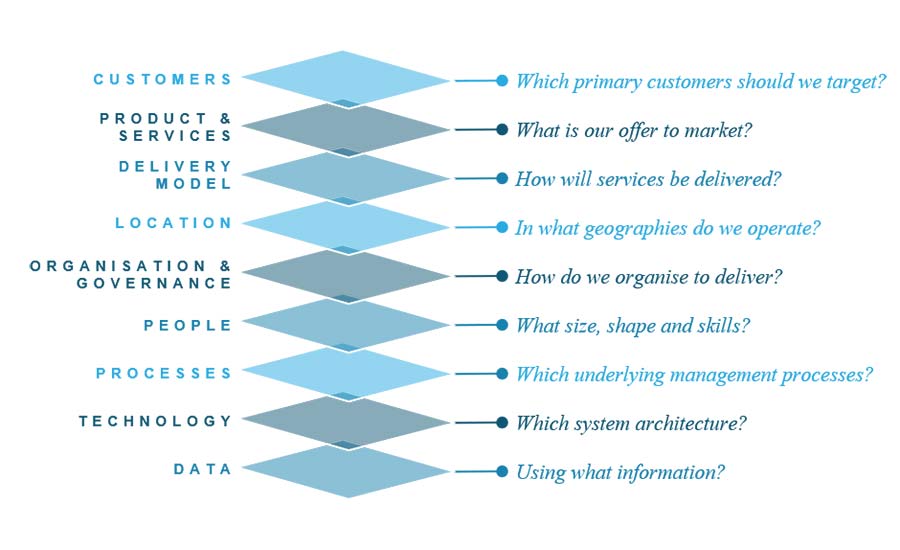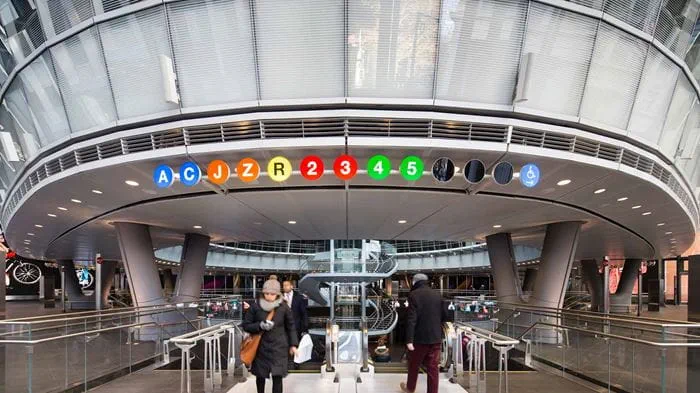Across the built environment we know the importance of proactively developing and maintaining physical infrastructure. While capital projects feature meticulously designed, engineered and built physical assets, they often lack the same level of care with the critical human infrastructure – the people and organisations – needed to support this work.
The risks of this are clear. A lack of capability, accountability and effective decision making are just a few human-centred risks that have a direct impact on programme cost and schedule and have the potential to cause significant financial and reputational damage to the projects and the organisations delivering them. Conversely, an organisation that invests in organisation design and development is better equipped to execute on its strategy effectively and efficiently through a more capable, focused and effectively led workforce, improved integration and collaboration, clarity of accountability, effective decision making, continuous improvement and enhanced business continuity.
Effective organisation design and development in capital projects has the potential to unlock immense value, reduce waste and mitigate key risks. Fundamentally it ensures that people, teams and organisations will work together to achieve the project’s intended outcomes.
The covid crisis revealed the pivotal role played by well-organised bodies, with clear roles and empowered people, able to adapt their work in the light of fast-moving change and government restrictions. As a new world of work emerges post-pandemic, organisational development is a clear priority for players across our industry.
It’s a big topic, so where to start? Below are some practical tips for designing and developing the organisation that supports your capital project to move more quickly and more intentionally towards its desired outcomes.
Start with the end in mind
Begin by clearly articulating the project’s vision and purpose that connects each individual, team and department within the organisation.

This is the starting point for defining your strategy and understanding which capabilities you need to fulfil the organisation’s purpose across its full lifecycle. This sounds obvious, but an organisation’s purpose often isn’t understood with enough consistency and clarity throughout an organisation.
Once your vision, strategy and capabilities are defined, they form the foundations for designing your operating model – a blueprint made of interdependent ‘layers’ which defines how the different component parts of organisation work together.

Analyse wider context and culture
Your external context is also important to consider. How might the economic context impact the available partners and talent in the market? How will local or regional culture variations impact decision making, leadership and communication? How will the asset be owned and funded, and what will the impacts of this be on project governance? And how will the project take advantage of technological advances, and what capabilities are needed to support this?
Addressing these questions early on will avoid many different types of major disruption in later phases of the project.
Design empirically
Many leaders tend to rely on intuition, personal preference and previous experience when making decisions. However tempting this may be, experience shows that better outcomes are achieved when a rigorous approach to the design process is taken early on.
When mapping out future capabilities, identify your organisation’s ‘needs’ during each stage of the programme lifecycle. When examining your current state, the key questions to ask: What are your strengths and pain points? How does work get done? Where do bottlenecks and inefficiencies occur? And when your agreeing the organisational design criteria, prioritise what’s important and agree which trade-offs you are or are not willing to make.
Embed flexibility into the model
It is impossible to overstate the strain that large scale transformation has on an organisation and its people. This is especially relevant in capital delivery, where organisations shift each time they move into a different phase of the programme lifecycle. A project in the design phase will have quite different needs when it shifts to construction, and different once again when it transitions into operations. Planning for these shifts early and building in the necessary flexibility will help future-proof the organisation and minimise disruption later.
We have supported clients who have been in constant states of restructure – aligned with each unique phase of programme delivery – to transition to an effective organisational model that has the flexibility to adapt and evolve as and when needed. Employees, management and key stakeholders all benefit from better use of talent, processes and resources over the project lifecycle.
Adopt a systems mindset
Capital delivery integrates a wide range of technical capabilities and organisations – each with a unique perspectives, motivations and areas of expertise. Understanding how each of these interact with and complement one another will equip the organisation to drive better decisions and outcomes.
For example, how does data interact with governance to enable decisions? How are processes enhanced by technology? How is work and information passed effectively between individuals, teams, departments and organisations? In our experience on major infrastructure projects, when a systems mindset isn’t embedded into the operating model design, individuals and teams are left to work through gaps at the local level, resulting in silos, inefficiencies and workarounds that may conflict with the intended design.
The operating model exists to inform how work gets done – but the role that people play in this is key and should be considered at each stage:
-
Early engagement: Get the right stakeholders in the room early to create early buy in, identify where value can be unlocked and proactively address any barriers to success.
-
Rollout approach: Design a rollout approach that will minimise major disruption and embed the behaviours needed to achieve the intent of the model.
-
Diversity: It is widely acknowledged that diverse teams are more effective than their homogenous counterparts.
All over the world, post-pandemic recovery is being tied to considerable infrastructure spending. The capital projects that emerge successful will be those that place people at the centre. By designing and engineering their organisations with the same rigour as physical assets, these projects and the people and organisations that support them will be equipped to move quickly and succeed.
Co-authored by Rob Jones and Sam Walsham
 ;
;



